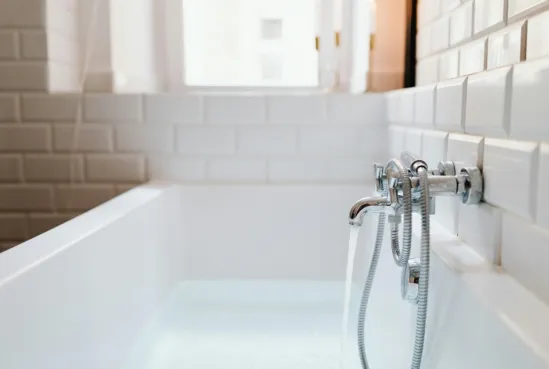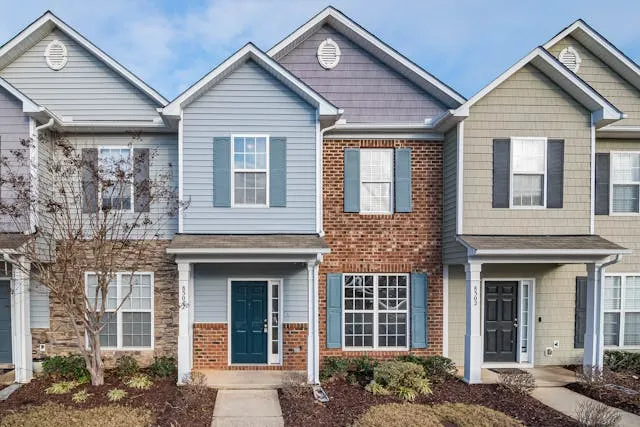A Practical Look at Small-Scale Housing Additions in Sydney
Key Takeaways:
- Small-scale additions can meet changing household needs without the disruption of a full renovation
- Local zoning, council rules, and site layout heavily influence what’s possible to build
- Budgeting should include site prep, legal fees, and unexpected service upgrades
- A flexible design approach adds long-term value and adaptability to your home
If you’re feeling the squeeze in your Sydney home, you’re not alone. Whether it’s kids growing up, parents moving in, or the rising cost of rent, many homeowners are looking for clever ways to make more space without leaving the neighbourhood. A full knockdown-rebuild might be off the cards, but smaller, well-planned additions can offer just as much flexibility—without the disruption or cost of a significant renovation.
These kinds of projects aren’t just about tacking on a room. They require real planning. From design limitations and site access to council approvals and long-term functionality, it’s all about getting the most from the space you already have. This guide examines how Sydney homeowners are making small-scale additions work—and what to consider before you start.
Choosing the Right Type of Addition for Your Property
Sydney blocks come in all shapes and sizes, and what’s possible on one property might be completely off-limits on another. Before diving into design ideas, it’s worth taking a practical look at what your land can actually support. Some properties have wide driveways and generous backyards, which might open the door to a freestanding addition. Others are tighter, with sloped blocks or proximity to neighbours limiting how much you can build and where.
That’s why your first step should always be understanding the site. Access matters—a lot. For example, if heavy machinery or materials cannot be easily accessed, you’re looking at extra time and cost. Orientation plays a role, too. A north-facing backyard provides better natural light, while shadowing from other buildings can reduce your usable footprint.
Then there’s the question of how the space will be used. Is it for ageing parents who need privacy but easy access? A teenager needing their own area to study and sleep? Or a workspace that might later be turned into a rental? Different needs call for different solutions, and locking in the function early can prevent you from building something that doesn’t actually suit your long-term plans.
Navigating Local Planning Rules and Permissions
Even if you’ve got the space and a clear vision, Sydney’s planning framework is the next major hurdle. And it’s not one-size-fits-all. Each council has its own set of controls, so what is approved in Blacktown might not be approved in Lane Cove. Zoning restrictions, setbacks, floor space ratios—they all shape what you’re legally allowed to do.
Some additions qualify for what’s called a complying development. If your plans fall within certain height, boundary, and usage limits, you can fast-track approval without going through a full development application. But don’t assume. Many projects still require a lengthy process, especially if your block is irregular, heritage-listed, or already close to its building limit.
It’s worth getting professional advice early—whether from a building designer familiar with local councils or a private certifier who can identify potential issues in your plans. This can save weeks of back-and-forth later, not to mention the stress of being told to amend or resubmit your application halfway through the process.
What to Budget Beyond the Build
A builder’s quote might cover the visible structure, but the actual cost of a small-scale addition often sits below the surface. Things like site access, service connections, and compliance fees rarely show up in early estimates, yet they can add thousands before you even break ground. If your block needs retaining walls, drainage upgrades, or demolition work, those costs will stack up fast—and they’re usually not negotiable.
Then come the legal and administrative parts. Application fees, private certifier costs, soil reports, bushfire or flood assessments if your site is in a designated zone—none of these are glamorous, but all are essential. And depending on what you’re building, utility upgrades might be required. This could involve installing new water meters, separate electrical connections, or incorporating additional energy efficiency features to meet NSW’s BASIX requirements.
The key is to plan for more than just the structure itself. Setting aside a contingency buffer of 10–15% can help you stay on track if something unexpected crops up, which is more common than not in Sydney builds. Think of it as buying peace of mind, not just a project budget.
Realistic Timelines and Project Expectations
There’s a common misconception that smaller builds move faster. On paper, that seems logical. But in practice, small-scale additions in Sydney come with their own bottlenecks. Materials might be quicker to install, sure—but delays with weather, subcontractors, or supplier backlogs can still derail your schedule.
From approval to completion, even a simple addition can take three to five months. If you’re working with a builder who handles everything from design to handover, things tend to flow more smoothly. But when different consultants and trades are involved, the gaps between stages become more visible—and more frustrating.
It helps to build in time for design revisions, approval delays, and the inevitable site hiccups. No two builds are the same, and even with experienced contractors, your project will hit at least one unexpected delay. For that reason, many homeowners looking into options to build a granny flat or studio choose operators with streamlined processes and in-house certifiers, especially if speed is a key factor.
Smart Planning for Livable Results
Function matters just as much as floor area. A small addition that feels cramped, dark, or disconnected from the main house won’t get much use, no matter how well it’s built. That’s why early planning should focus on how the new space will actually feel on a day-to-day basis. Orientation, insulation, and airflow make a massive difference—especially in Sydney’s temperature extremes.
Privacy is another major design factor. Even when additions are built for the family, having a separate entry or outdoor area can make the space more comfortable and flexible. Storage is often overlooked, too, but clever built-ins or lofted ceilings can unlock valuable extra space. Consider long-term use, not just what works in the present. A space that initially serves as a teenage retreat may need to transition into a guest flat or home office later on. Well-planned layouts provide the flexibility you need without requiring you to knock down walls later.
Small doesn’t have to mean basic. With the right design, these spaces can be just as comfortable as any other room in the house—and sometimes more functional.
A Word on Long-Term Use and Value
Beyond solving space issues today, small-scale additions can shape the future livability and value of your home. Sydney buyers and renters are increasingly looking for properties that offer flexibility—separate living zones, work-from-home options, or space for extended family. Even if you’re not thinking about selling anytime soon, the choices you make now can affect your property’s appeal down the track.
A well-designed, council-approved addition has the potential to boost resale value, particularly in areas where land is scarce and multi-functional layouts are in demand. It also opens up other possibilities, such as renting out the space or using it for a home-based business. In that sense, you’re not just adding space—you’re adding function. The more adaptable the build, the more likely it is to serve your household over the long haul.
Careful planning, realistic budgeting, and local insight are what make these projects successful. When done right, they can add far more than just square metres to your property—they add options.







